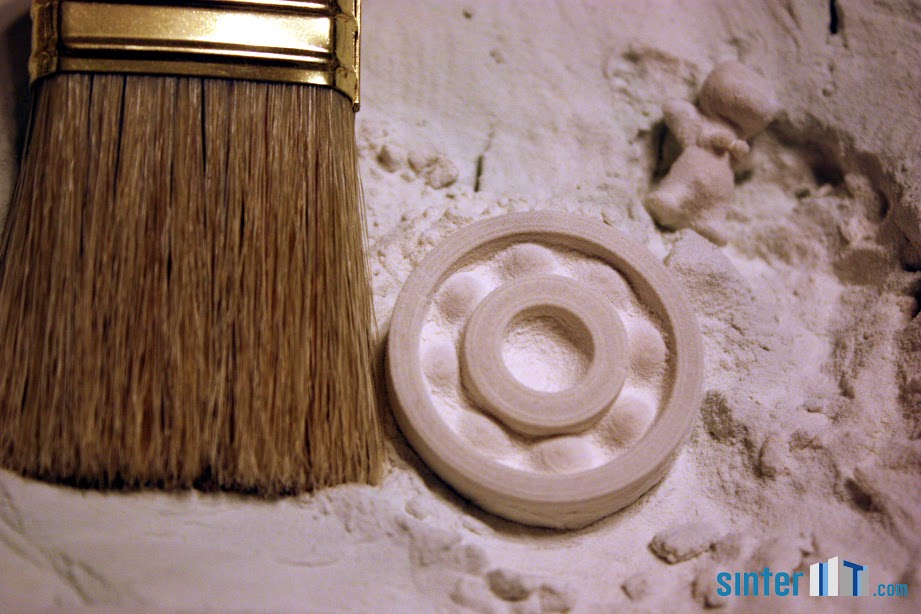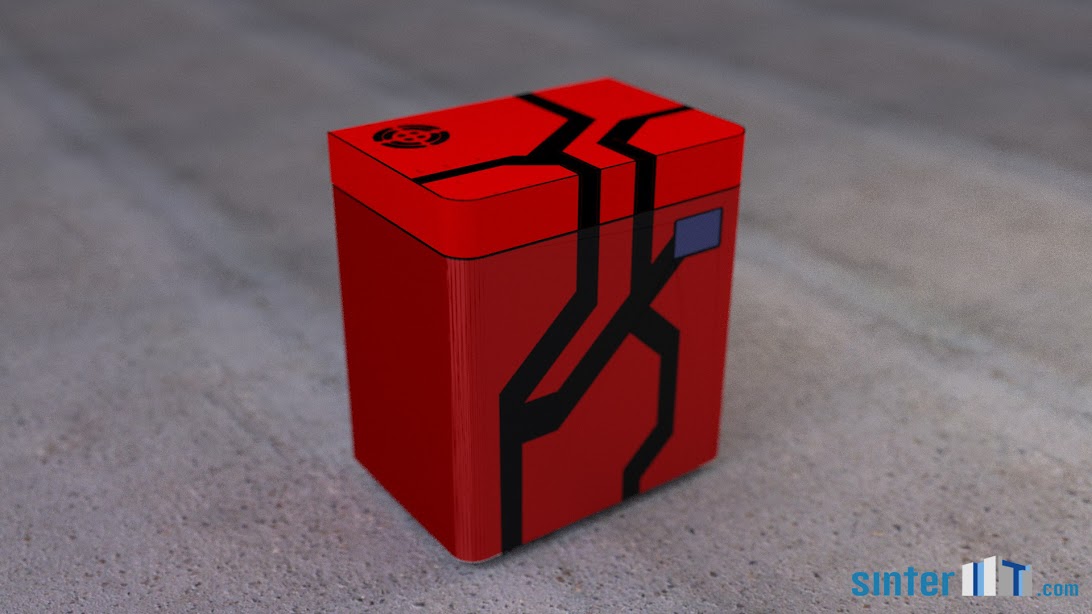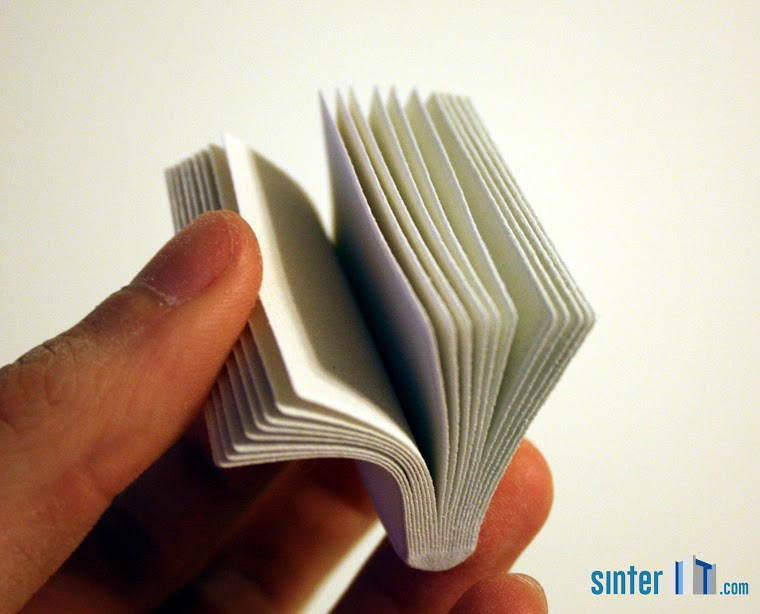
First there were plastic extrusion personal 3D printers, then came resin-based 3D printers. Now we’re looking at an inexpensive SLS 3D printer.
The mysterious 3D printer from SinterIt uses the SLS, or Selective Laser Sintering process. It’s one that’s been used for many years, but it’s only recently that patents have been expiring, opening up the possibility of inexpensive version of the technology.
That’s precisely what’s happening at SinterIt, where they’ve been working on an SLS-based personal 3D printer to be priced at the ridiculously low USD$5,000 level. For comparison, commercial SLS systems will set you back multiple six figure amounts, depending on the model selected.
The advantage of SLS is its ability to create very strong, detailed parts. Typically the formula employs finely powdered nylon that’s fused by accurate movements of a laser. The completed prints must be extracted from a bed of nylon powder. Prints made in this way carry the strength of nylon and thus the technology can be used to print very delicate – and detailed 3D models.

The SinterIt project has not released an image of their machine, so all we have to go on is this 3D rendering of what it might look like. We’re not even sure of the printer’s name!

The print samples look pretty decent. They’ve even managed to print some color objects.
To find out a bit more about the project, we spoke with Konrad Głowacki, Co Founder & Developer of SinterIt.
Fabbaloo: What printing accuracy have you found achievable?
Konrad Głowacki: We are working on that. We plan to get to 100um accuracy.
Fabbaloo: Commercial SLS units often require air-tight rooms and filtration for post print processing. How will this be handled?
Konrad Głowacki: Printing process happens in air-tight chamber so there is no need for air-tight room. Good ventilation of room is enough for post-processing of printed parts (getting out from printer and removing powder).
Fabbaloo: Will you provide some type of vacuum-to-recycle-powder mechanism to extract prints from the bed? Or are we on our own?
Konrad Głowacki: We are working on additional device that will help with powder
recycling and extracting prints. Prints are easy to be extracted
because of loose powder. We will provide basic set of tools for
extraction.
Fabbaloo: How is the color produced? Do you simply use colored powder, or are you pre-coloring the nylon powder somehow?
Konrad Głowacki: We are pre-coloring powder ourselves.
Fabbaloo: Have you received external investment funding already? Or is the Kickstarter the first real investment opportunity?
Konrad Głowacki: We are seeking external investor to speed-up development, but in parallel we are getting ready for Kickstarter to make sure our project will succeed.
Fabbaloo: Have you investigated the patent situation? What have you found?
Konrad Głowacki: We were investigating patents from the very beginning to make sure that our design will not violate any patents.
We’re anxious to hear more details on this machine. If it works, the accessibility of finely detailed strong nylon prints will no doubt enable the development of many new uses.
Via SinterIt

